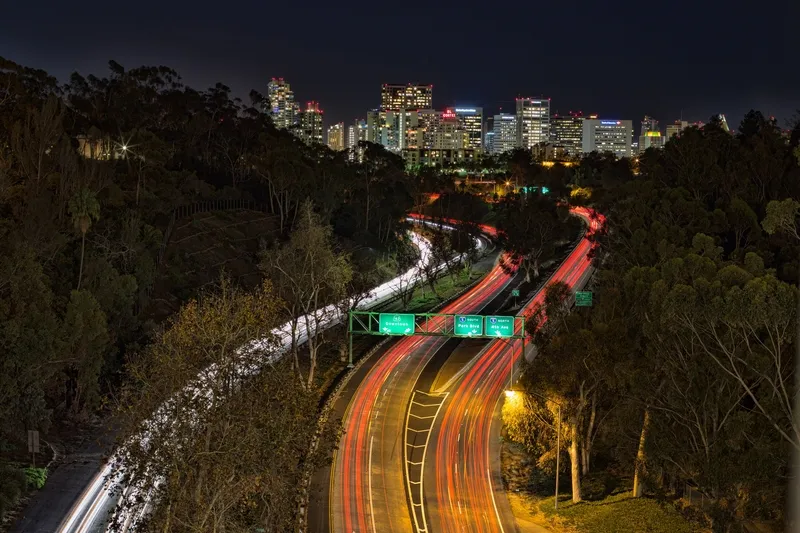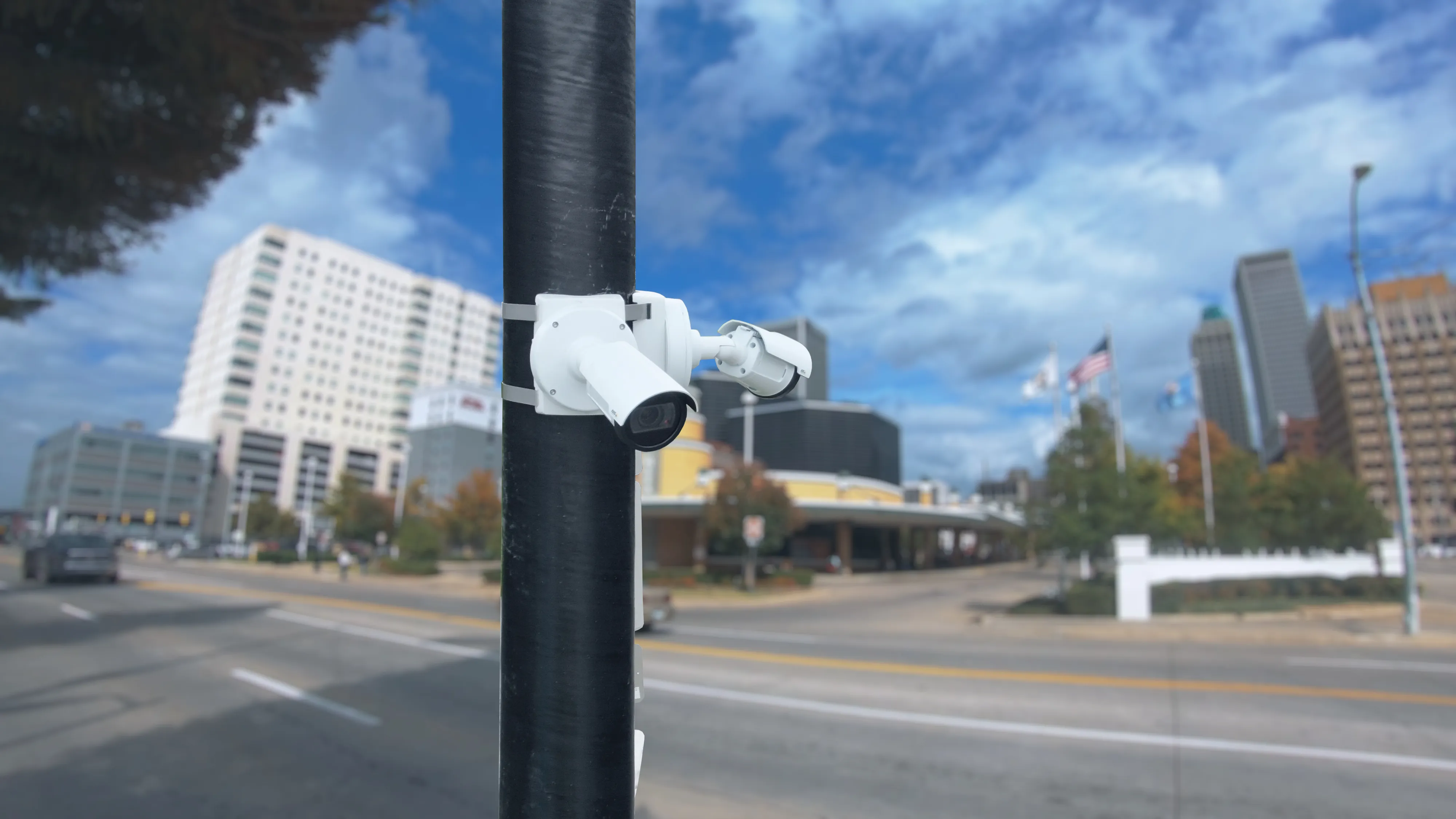The Oklahoma Department of Transportation (
According to ODOT, of the more than 3,700 at-grade rail crossings in the state, many have some level of recognised deficiencies when it comes to rail crossing safety. Most of the crossings are on local roads but the department remains involved because of overall rail safety.
ODOT anticipates the rail crossings can be modernised and greatly improved by adding rail safety infrastructure such as high-visibility signage, cross bucks, gates, hazard lighting and pavement markings.
The improvements are being funded by combining proceeds from the recent sale of the Sooner Sub rail line in addition to dedicated rail safety funds from ODOT and other partners.
"The department has long recognised the great need for improving rail crossings on the state, county and local transportation system. Now with the influx of funding available from the sale of the Sooner Sub rail line, we are excited to use this money to expedite the process of improving safety along rail systems across the state," ODOT executive director Mike Patterson said.
Oklahoma’s US$100 million rail crossings upgrade
The Oklahoma Department of Transportation (ODOT) is to fast-track hundreds of projects to improve more than 300 rail crossings state-wide and upgrade safety warning features on rail crossings across the state. Many of these crossings have only rail crossing signs or faint pavement markings and no flashing lights or cross arms to serve as additional warning for motorists of oncoming trains.
According to ODOT, of the more than 3,700 at-grade rail crossings in the state, many have some level of recognised d
August 28, 2014
Read time: 2 mins










